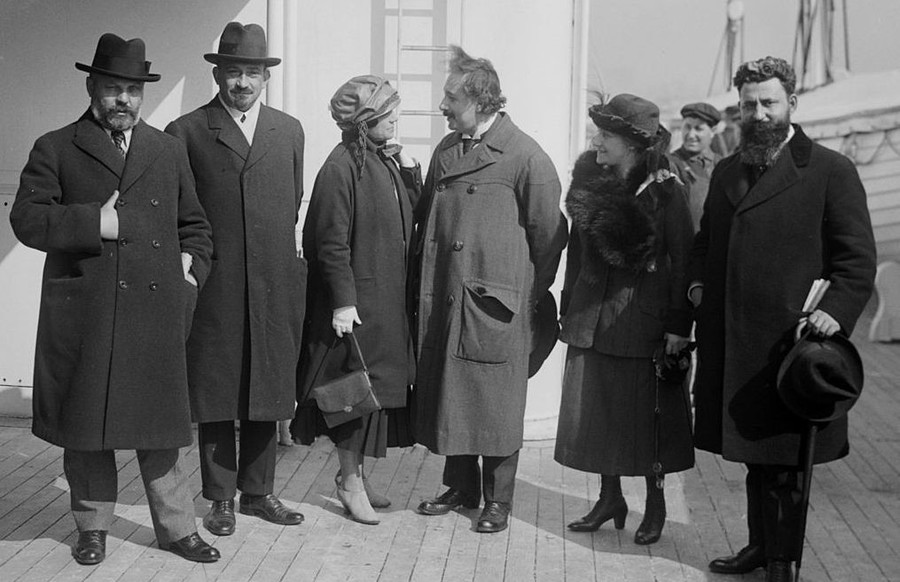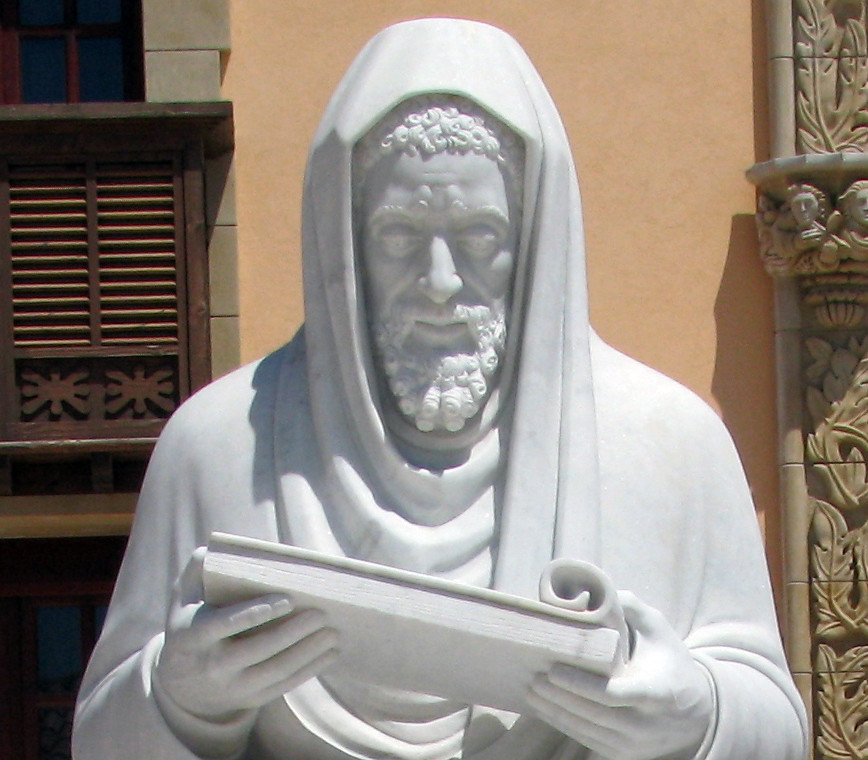Jerusalem street fight: Yehuda v. Menachem
An excellent scholarly essay by Rabbi Norman Strickman, professor of Jewish Studies at Touro College, piqued my interest in the legacy of Judah Ha-Levi, the famed rabbi and leader of 1,000 years ago whose classic “The Kuzari” has served as the theological guidepost for our faith through times good and evil.
In addition to Rabbi Strickman's “Misinterpreting Judah Ha-Levi,” published in a recent edition of Hakirah: The Flatbush Journal of Jewish Law and Thought, my attention was drawn to an essay by Israeli real estate entrepreneur Gedaliah Borvick on the origin of Jerusalem street names.
Borvick deals with one of the most prominent residential streets in Rehavia, a street with an almost unpronounceable name — Rechov Ussishkin. It is home to the Beit Hanassi shul, whose rav is the distinguished Rabbi Berel Wein.
I learned that most of the streets in Rehavia were deliberately named after some of the most prominent scholars of the so-called Golden Age of Jewish life in Spain, including Abravanel, Ben Maimon (Rambam), the Ibn Ezra, the Ramban, and the Radak.
Borvick wondered why no street was named for Yehuda Ha-Levi, who was among the most prominent of the honored names.
“The answer is that Yehuda Ha-Levi Street originally existed, but, in 1933 the name was changed to Ussishkin Street. There are a number of stories circulating why and how this name change occurred,” Borvick writes.
“The most famous legend goes as follows: Menachem Ussishkin was one of the leaders of the Zionist movement. … He championed the revival of the Hebrew language and was one of the founders of Hebrew University. For the last 20 years of his life he was chairman of the Jewish National Fund. …
“Ussishkin unilaterally decided that the street where his beloved Jewish National Fund, Keren Kayemet L’Yisrael, was headquartered should be changed from Shmuel Hanaggid Street to Keren Kayemet L’Yisrael Street. He magnanimously didn’t remove the original street name altogether; rather, he transferred the name to a nearby block. In retrospect, this episode was a hint of what was to come.”
Now, get this:
“In 1933, on his 70th birthday, Ussishkin decided that it made most sense to him to change the name of the street where he lived, and rename it after himself. That very night, Ussishkin brought in some workers to tear down the street signs bearing the name Yehuda Ha-Levi and put up the new street signs. To ensure that no one would consider taking down these signs, he immediately hired artists to fashion colored ceramic signs for building corners, emblazoned with the name of the new street.”
As a devoted student of the holy writings of Yehuda HaLevi, and a full member of Beit Hanassi shul, I was aghast at this infamous saga, and of the gall that it represented. I thought that this being the beginning of the season of repentance, an element of teshuva should be considered by Jerusalem’s city fathers to reinstate the original street name, Rechov Yehuda HaNassi, there in its rightful place at the center of this iconic historic community. Thus, the timing of this essay.
If you want to know more about the life’s journey of Yehuda Ha-Levi, may I suggest that you read Hillel Halkin’s beautiful and accessible biography, “Yehuda Ha-Levi” (Schocken Books, 2010). Not only does the author present the scholarly role played by Ha-Levi on the development of our faith, but he further enhances Ha-Levi’s life’s work in poetry, philosophy, religious leadership, and his proven love for Eretz Yisrael, in moving there under the most dire of conditions. Also, may I suggest that you check out Ha-Levi at the Vitual Beit Medresh (VBM) website of Yeshivat Har Etzion for a complete analysis of the Kuzari. This analysis has been published in two volumes, authored by Rabbi Shalom Rosenberg, entitled, “In The Footsteps of the Kuzari” (Yashar Books, 2007). This work is worthy of your intense study.
And finally, I strongly suggest that you also pick up a copy of “The Kuzari: In Defense of the Despised Faith” (Feldheim, 2009), an excellent full-blown translation and comprehensive commentary by Rabbi Daniel Korobkin.
Contact Alan Jay Gerber: Columnist@TheJewishStar.com

 48.0°,
Overcast
48.0°,
Overcast 







